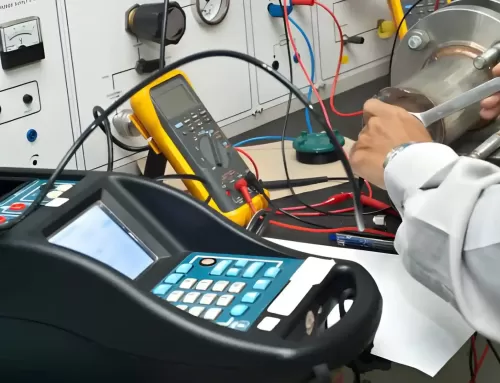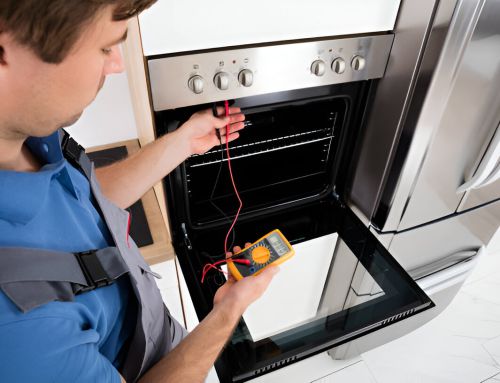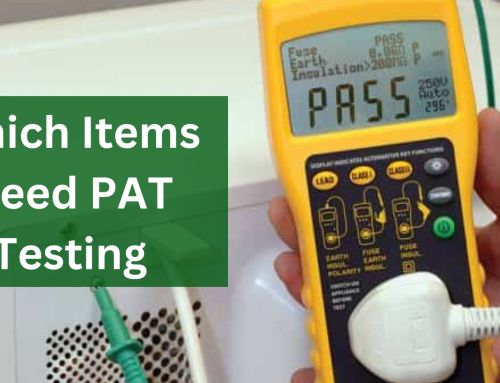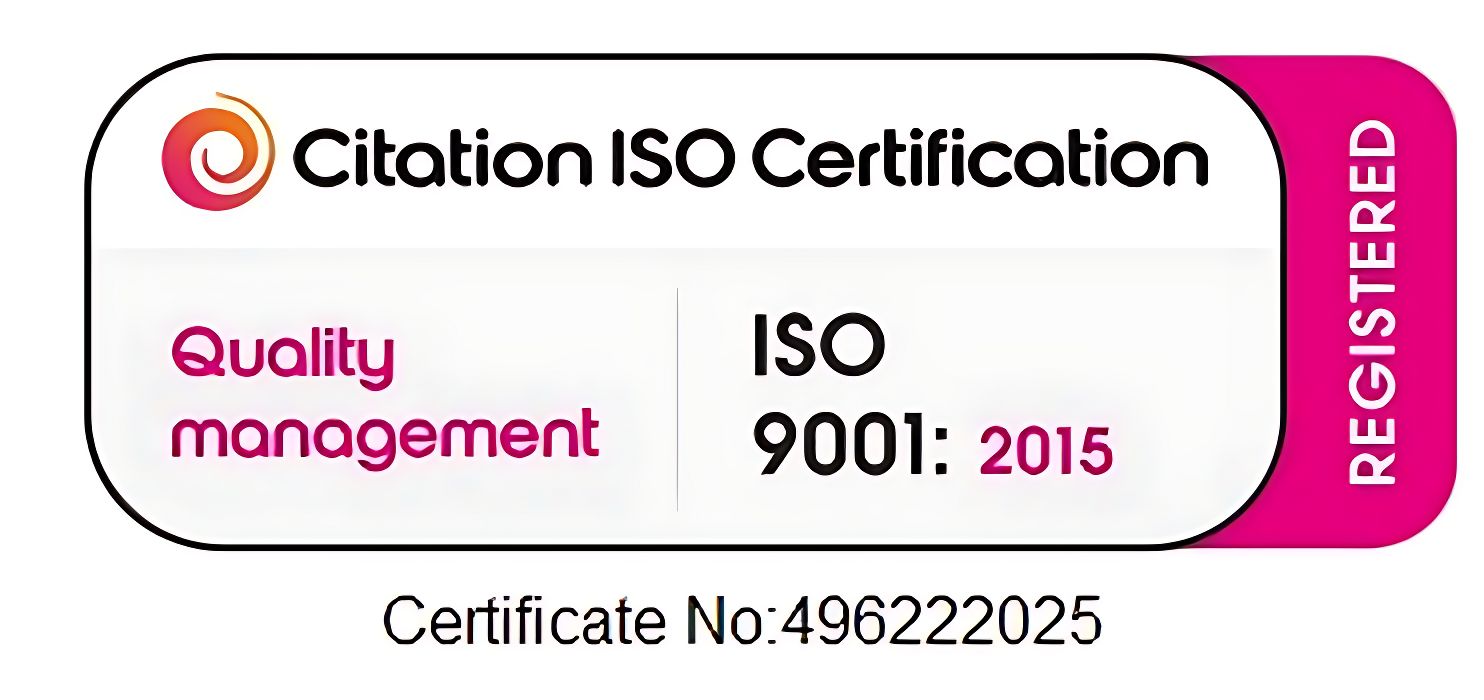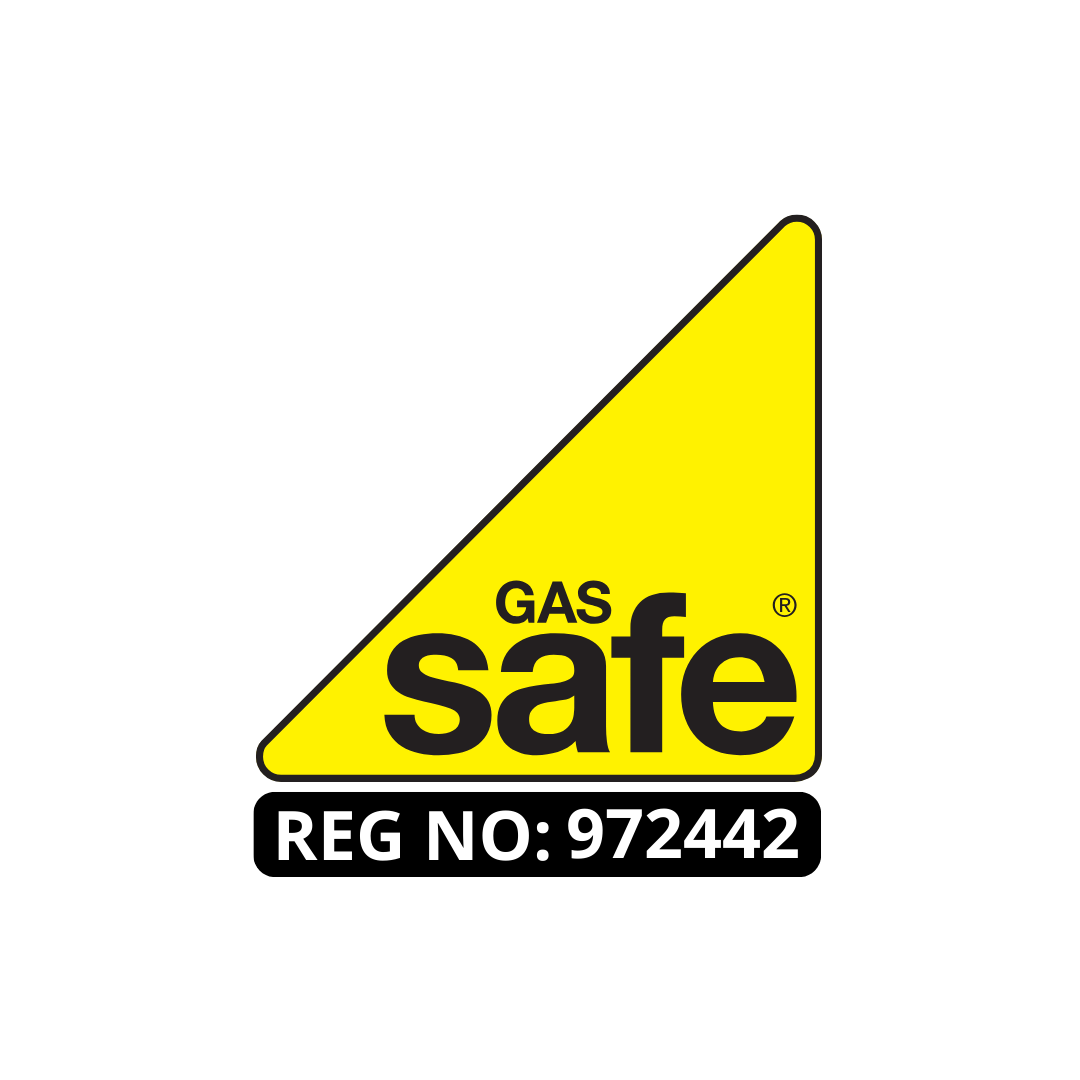
Understanding PAT testing requirements is essential for anyone responsible for electrical appliances. As you examine legal obligations and safety standards, you’ll see how regular testing can protect lives and equipment. But who exactly must adhere to these guidelines? And what are the specific duties of employers and landlords? Let’s explore the essentials that can help you stay compliant and boost safety in your environment.
Key Takeaways
- PAT testing ensures the safety of portable electrical appliances in workplaces and homes, preventing accidents like shocks or fires.
- Legal obligations require employers and landlords to ensure electrical equipment is safe, although specific PAT testing mandates may vary.
- Testing frequency is determined by equipment type and usage, with low-risk environments requiring testing every two years.
- Regular PAT testing identifies risk, enhances workplace morale, and supports compliance with safety regulations.
- Neglecting PAT testing requirements may lead to legal penalties, higher liability, and harm to your business’s reputation and trust.
Understanding PAT Testing and Its Importance
PAT testing, or Portable Appliance Testing, is an essential process for ensuring the safety of electrical appliances in both workplaces and homes. It involves a thorough inspection and testing of appliances to identify any risks. This process helps prevent electrical accidents, such as shocks or fires, by ensuring that your appliances are functioning correctly and safely.
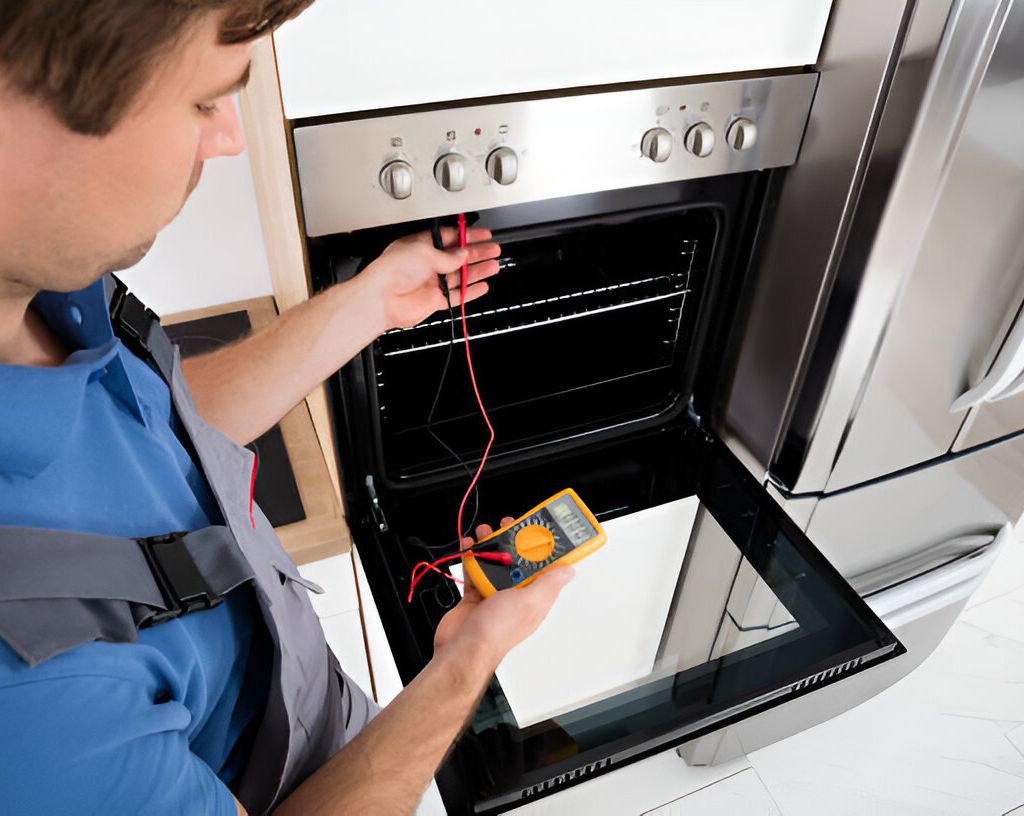
When you have your appliances tested, you’re not just following regulations; you’re also protecting yourself, your family, or your employees. Knowing that your equipment is safe allows you to focus on what matters most, whether that’s running a business or enjoying time at home.
Regular PAT testing helps prolong the life of your appliances, reducing replacement costs. In short, PAT testing matters because it safeguards lives, property, and investments, ensuring your electrical devices are reliable and secure. Taking this step is necessary for maintaining a safe environment.
Who Needs to Follow PAT Testing Requirements?
Whether you’re a business owner, a landlord, or simply someone who uses electrical appliances at home, understanding who needs to follow PAT testing requirements is a main component of safety.
If you manage a workplace, you’re responsible for guaranteeing that your employees use safe, functioning equipment. This means regularly testing portable appliances to prevent electrical hazards.
As a landlord, you’re also obligated to guarantee that any electrical appliances you provide in rental properties are safe for tenants. Regular PAT testing helps you prevent liabilities and stay compliant with safety standards regulations.
Even at home, if you frequently use portable appliances, it’s wise to be aware of their condition. Conducting your informal checks can help catch issues before they become dangerous.
Ultimately, anyone using electrical appliances should prioritise safety, making PAT testing an important practice for everyone.
Legal Obligations Around PAT Testing in the UK
Grasping the UK legal requirements for PAT testing is essential for those tasked with ensuring electrical safety. You need to comply with several regulations, including the Health and Safety at Work Act 1974, which requires you to guarantee that electrical equipment is safe to use.
The Electricity at Work Regulations 1989 further mandate that you carry out proper maintenance and testing of electrical appliances.
While the law doesn’t specify a fixed PAT testing frequency, it does emphasise a responsible solution to safety. You must assess the risks associated with your equipment and determine a suitable testing schedule based on usage and environment.
Failure to comply with these obligations can result in serious consequences, including legal action or fines. Documenting your testing processes and results to demonstrate compliance and protect your employees and business.
How Often Should PAT Testing Be Carried Out?
When determining how often to carry out PAT testing, you should consider factors like the type of equipment, its usage, and the environment it operates in.
Generally, portable equipment used in low-risk environments, like offices, may only need testing every two years. However, if the equipment is used frequently or in harsher conditions, such as construction sites or factories, you might need to test it annually or even more often.
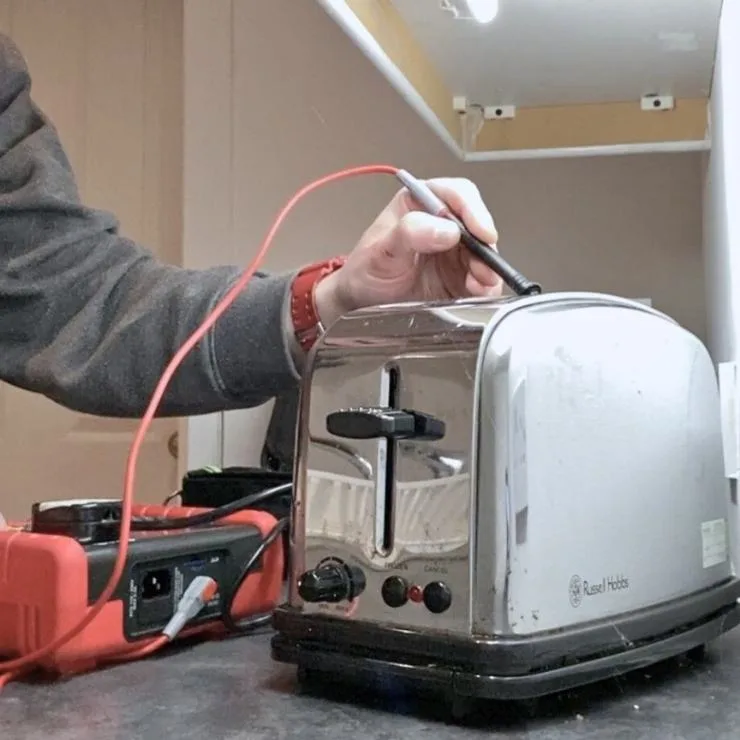
It’s also necessary to keep track of any incidents or equipment malfunctions, as these can indicate a need for more frequent testing. Regular visual inspections can complement PAT testing and help you identify unsafe conditions early.
Ultimately, staying informed about your PAT testing schedule not only guarantees compliance but also helps maintain a safe working environment for everyone.
Types of Equipment Covered by PAT Testing Requirements
While many people think of PAT testing as only applying to certain types of equipment, a wide range of portable appliances falls under its requirements. This includes items you likely use daily, such as laptops, microwaves, vacuum cleaners, and power tools.
If it plugs into a socket or operates on a battery, it’s probably subject to PAT testing.
Even extension leads and chargers aren’t exempt, as they play an essential role in ensuring safety.
It’s important to remember that any equipment that’s regularly moved or connected to a power source should be tested. This helps identify potential faults and prevents accidents, keeping you and others safe.
Who Can Perform PAT Testing and What Qualifications Do They Need?
To guarantee your equipment is safe, it’s important that a competent individual carries out the testing. Typically, this means someone who’s received proper training in electrical safety and understands the PAT testing process.
You should look for professionals with relevant qualifications, such as a City & Guilds certification in Portable Appliance Testing or equivalent training.
Electrical engineers and technicians often fit this bill, but even non-electrical personnel can perform PAT testing if they’ve undergone the necessary training.
Experience matters too; a familiar face with various types of equipment will have a better understanding of potential issues.
How to Stay Compliant with PAT Testing Regulations
Staying compliant with PAT testing regulations is essential for guaranteeing the safety of your electrical equipment and protecting your business from potential liabilities. To achieve compliance, you should schedule regular PAT testing for all your portable appliances.
Establish a routine to guarantee every device is tested according to the recommended intervals, typically annually or biannually, depending on usage.
It’s integral to keep accurate records of all tests performed, including dates, results, and any repairs made. This documentation not only helps you stay organised but also serves as proof of compliance if you’re ever audited.
Additionally, make sure that your staff is trained and aware of the importance of PAT testing. Please encourage them to report any equipment issues promptly.
Common Mistakes to Avoid When Meeting PAT Testing Requirements
When it comes to meeting PAT testing requirements, it’s easy to overlook the main details that can lead to compliance issues. One common mistake is failing to keep accurate records of tests and results. Without proper documentation, you can’t prove compliance during inspections.
Another mistake is neglecting equipment maintenance. Regularly inspecting and maintaining your appliances guarantees they remain safe and compliant.
Additionally, many assume that once testing is done, it’s a one-time requirement. In reality, regular testing is essential, especially for frequently used equipment. Don’t forget about training your staff; they should understand the importance of PAT testing and how to identify electrical threats.
Lastly, using outdated testing methods or equipment can compromise safety. Always stay updated on the latest PAT testing standards and procedures.
Benefits of Keeping Up With PAT Testing Standards
Staying current with PAT testing standards not only ensures compliance but also improves overall workplace safety. By regularly testing your electrical equipment, you minimise the risk of electrical danger, protecting both your employees and your assets. This creative method of safety shows your commitment to employee well-being.
Additionally, keeping up with standards can save you money over time. Preventing accidents and equipment failures can greatly reduce repair costs and downtime. When you keep your equipment safe and reliable, you also boost productivity and morale among your team.
Lastly, maintaining compliance with PAT testing standards improves your reputation. Clients and partners tend to trust a company more when it emphasises safety and complies with regulations.
In short, keeping up with these standards not only safeguards your workplace but also supports your business’s long-term success.
Is PAT Testing a Legal Requirement for Landlords and Employers?
Understanding the legal obligations surrounding PAT testing is essential for landlords and employers. While there isn’t a specific law mandating PAT testing, the Health and Safety at Work Act requires you to guarantee that electrical equipment is safe to use. This means you must take reasonable steps to minimise risks, and PAT testing is a practical way to demonstrate compliance.
For landlords, the Electrical Safety Standards Regulations require you to ensure electrical installations are safe, which can include regular testing of appliances.
Similarly, employers must fulfil their duty of care to employees by ensuring all equipment is safe.
Failing to conduct PAT testing can lead to serious consequences, including legal penalties and increased liability in case of accidents.
Frequently Asked Questions
What Are the Costs Associated With PAT Testing Services?
When considering PAT testing services, you’ll find costs vary based on factors like location, equipment type, and service provider. Generally, you can expect rates to range from £50 to £150 for thorough testing.
Can PAT Testing Be Done In-House?
You can conduct PAT testing in-house if you have trained staff and the necessary equipment. However, make certain they’re knowledgeable about safety standards and regulations to maintain compliance and guarantee electrical safety in your organisation.
What Happens if Equipment Fails the PAT Test?
If your equipment fails the PAT test, remove it from service immediately. You’ll need to repair or replace it, ensuring safety standards are met before it can be used again.
Are There Specific PAT Testing Standards for Different Industries?
Yes, there are specific PAT testing standards for different industries. Each sector may have unique regulations and safety requirements, so you should always check the guidelines relevant to your particular field to guarantee compliance.
How Should Records of PAT Testing Be Maintained?
You should maintain PAT testing records electronically or in a physical log. Make certain they’re organised, easily accessible, and updated regularly. Include details like dates, results, and equipment identifiers to track compliance and safety effectively.
Conclusion
In summary, understanding and adhering to PAT testing requirements are essential for ensuring safety in your workplace or rental properties. By regularly testing electrical appliances, you protect lives and maintain compliance with legal obligations. Don’t overlook the importance of risk assessments and staying updated on regulations. Embracing these practices not only develops safety but also enhances the reliability of your equipment. Stay prepared, and make PAT testing a priority for your peace of mind.
About the Author: LandlordCertificate
Related Posts
Get Social
Recent Posts
- Fuse Box Installation: Everything Homeowners Need to Know Before Getting Started
- EICR Certificate London: Understanding Your Legal Duty as an Owner
- Behind the Scenes of a Gas Safety Certificate London Inspection in Homes
- The Role of Fire Alarm Installation in Building Safety
- How Often Should a Fire Risk Assessment Be Reviewed?


